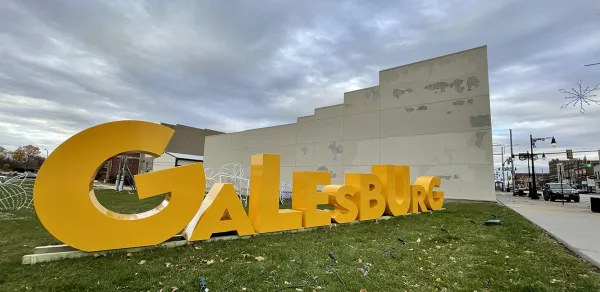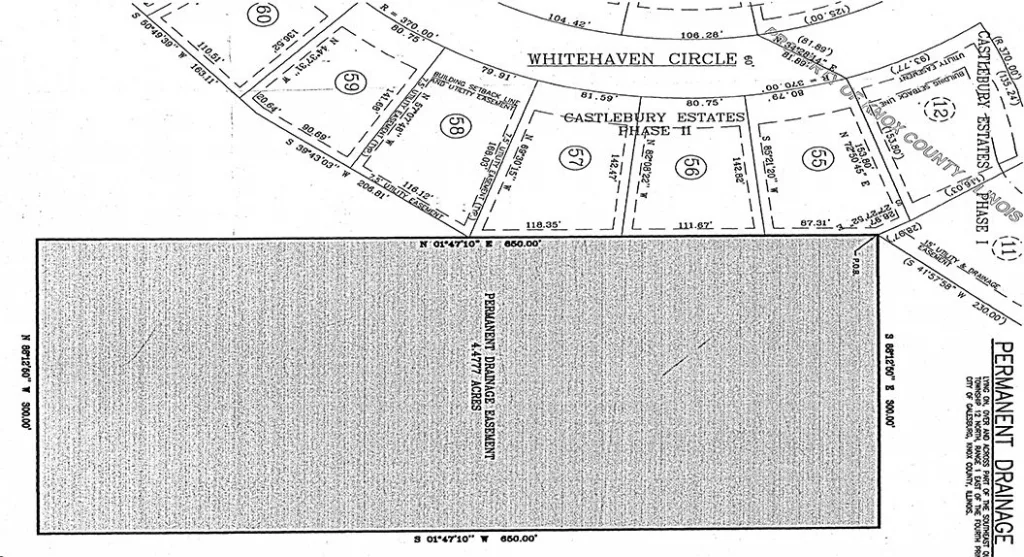Housing Study Summary
• A study by Novogradac & Company highlights the need for diverse, affordable housing in Galesburg.
• Findings will be presented to the public on Monday at City Hall.
• Galesburg faces issues like declining population and aging housing stock.
• The report advocates for “missing middle” housing options for various income levels.
• Collaborative efforts are necessary to improve housing conditions in the community.
The addition of diverse housing options with a range of affordability such as duplexes, fourplexes, cottage courts and multiplexes are needed in Galesburg, according to a comprehensive study by a national consulting organization.
Results of the research conducted by Novogradac & Company LLP, a national certified public accounting and consulting organization with more than 25 offices throughout the country, will be presented to the public at 5:15 p.m. Monday at Galesburg City Hall.
The Comprehensive Housing Study came about through a Strategic Planning exercise with the City Council in 2022. A Request for Proposals was issued in March 2023 and the city received eight proposals, with Novogradac & Company being the lowest and best bid at a cost of $52,500, according to city administration.
Novogradac works in the affordable housing, community development, historic preservation and renewable energy worlds assisting developers, investors, lenders, attorneys, property managers, local and state housing representatives and other professionals.
Steve Gugliotta, director of Community Development, will present the findings of the report before the regularly scheduled City Council meeting set for 6 p.m. today
WGIL reached out to Gugliotta to provide a preview of the housing study findings:
Report will guide community leaders and stakeholders
Q: What does the study include? Is it all data, or are there conclusions/recommendations?
Gugliotta: The report does contain a substantial amount of data sourced from the US Census Bureau, US Bureau of Labor Statistics, US Department of Housing & Urban Development, various proprietary sources such as ESRI demographics, Households by Income, Size, Tenure and Age (HISTA/Ribbon) Demographics, CoStar Demographics and various third party publicly available sources such as Zillow, Rocket Mortgage, Realtor, etc.
Novogradac also spent time in our community doing visual surveys of all residential properties and meeting with key local stakeholders from various backgrounds including local officials, housing related service providers, major employers, real estate agents/brokers and property management companies for rental housing. The report contains comparisons of Galesburg data to the nation, Illinois, Knox County and a few other communities in Illinois.
The report does contain executive summary, recommendation and conclusion sections. With the information they gathered, the report can be used as a guide to inform community leaders and stakeholders about the current demographics, economic and housing market conditions to identify housing gaps, needs and barriers to better enable community leaders to make decisions about allocating resources to improve housing conditions, attract development and support residents.
Galesburg should focus on ‘missing middle’ housing
Q: What do you/the city, consider some of the highlights from the study? Were you surprised by anything?
Gugliotta: Galesburg faces declining population, aging housing stock, and affordability challenges, particularly for renters. While employment recovery post COVID has been slow compared to national trends, we have a diversified economy and recent announcements that include expanding manufacturing jobs, large new construction and/or renovation projects in the healthcare industry by OSF, Graham and the VA Clinic, increasing enrollments at all levels of education and a variety of new service, retail and food options that have come or are currently under construction within the city, which suggests a need to focus on “missing middle” housing to cater to diverse income levels.
Galesburg has a higher level of one unit detached single family homes than both the national and state level, but that housing stock is older with many of them being built before 1940. We also have a high proportion of smaller sized households, college age and senior populations which contrasts with a housing stock dominated by larger homes. “Missing middle” housing types provide diverse options with a range of affordability, such as duplexes, fourplexes, cottage courts, and multiplexes. These house-scale buildings fit into existing residential neighborhoods and support the growing demand for walkability.
Demand exists for both new and rehabilitated housing, focusing on affordability and specific demographics like seniors, young professionals, and families. Suggested development includes mixed-use, market-rate, and affordable housing, alongside programs for critical home repairs and demolition of irreparable structures.
Issue ‘won’t be fixed overnight’
Q: Where does the city go from here? Will you partner with other entities to help solve the issues?
Gugliotta: I think everyone can agree there is a need to improve housing conditions and increase housing options in the community. While we all can agree on that end goal, there is no single initiative, entity or person that will meet all of the identified needs on their own, so it will take a collaborative effort by partnering with a wide range of organizations and stakeholders that provide their own unique resources, expertise, and funding.
This is not an issue that will be fixed overnight, but there are some things we can all begin to consider that will help move us in the right direction. We can all look at ways to invest in beautification and amenity/quality of life improvements that will better position the city as a whole to retain and attract residents of all backgrounds and income levels as well as retain and attract business. We can all support the existing vocational educational opportunities and encouraging them to build upon their programs will create a larger local labor pool which may help limit rising construction costs and provide a job pipeline for younger people.
The city has been successful in obtaining federal and state grants to make improvements to housing and demolish dilapidated structures and we will continue to do so as opportunities arise. We will also continue our local housing incentive programs and, of course, reevaluate and modify them as needed to meet current needs. This is also an opportunity to review and evaluate our processes and ordinances as they relate to housing to see if there are any efficiencies that can be gained.







